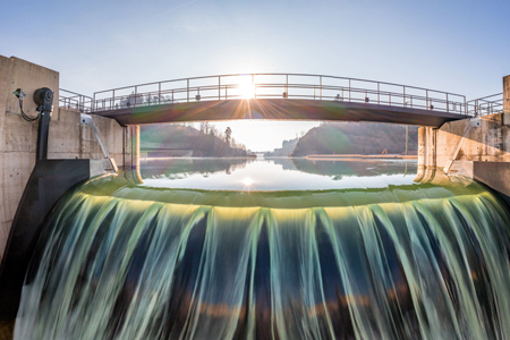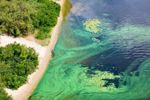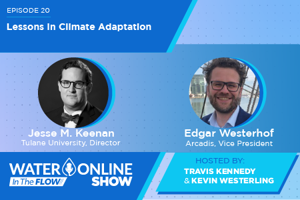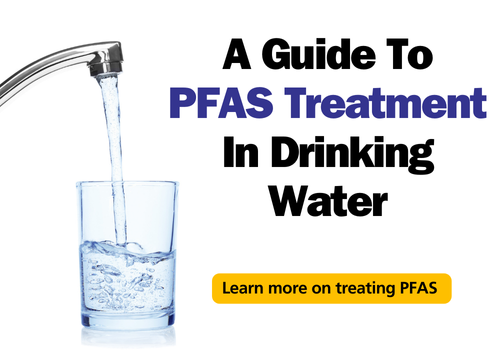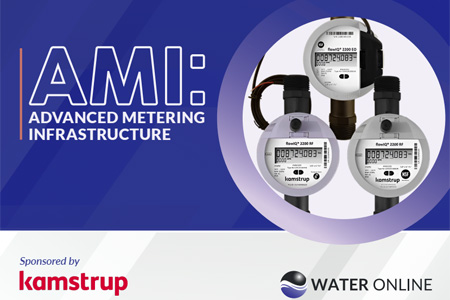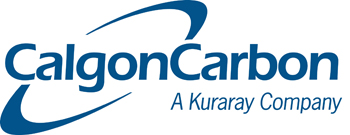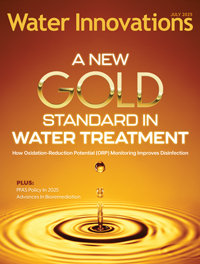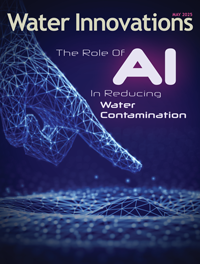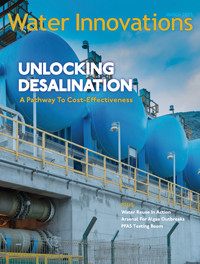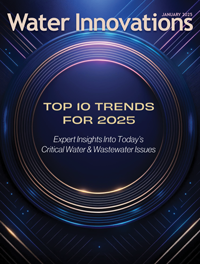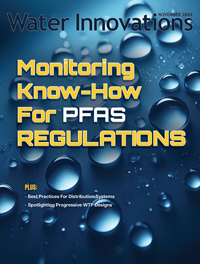As global climate goals and the environmental impact of hydroelectric systems draw increased attention, the conversation for energy leaders and water resource professionals has shifted from expansion to optimization, where smarter infrastructure and adaptive strategies must work together to reduce harm without compromising output.
- Blower Overhaul 101: What's Involved And Why It's Essential
- Turning Water Utility Data Into Action: The Power Of Modern Meter Data Management
- Chicago Fails To Warn Most Residents About Lead In Water
- How To Stop Water Loss And Secure Your Network
- Algal Bloom Hotspots: Where Are The Most Affected Areas In The U.S.?
- Water — Sports & Entertainment's Achilles Heel, Or Secret Weapon Against Climate Change?
- Fluorometers In Drinking Water Monitoring: Real-Time Tools For Clean, Safe Water
- The Future Is Flowing: Cultivating The Next Generation Of Water Professionals
LATEST HEADLINES
- Xylem Vue: Advanced Algorithms Detect Industrial Discharge In Sewerage Systems With 80% Reliability And In Real Time
- Medal Of Honor Recipient, Retired Navy SEAL Ed Byers To Headline NAWC Water Summit
- California Water Service Awards Multi-Million-Dollar Design-Build Contract To Covenant Technical Solutions For Tank Mixing And Dosing Program
- Global Water Resources Celebrates Newly Enacted 'Ag-To-Urban' Program As A Catalyst For Aquifer Sustainability And Potential Long-Term Growth
- Toray Supplying Reverse Osmosis Membranes For Sustainable Next-Gen Desalination Plant In Western Saudi Arabia
FEATURED SOLUTIONS
-
OPTICHECK Technology Built-In – Diagnostics, Verification, And Functional Safety With OPTIMASS Coriolis Mass Flow Meters
State-of-the-art measuring devices such as OPTIMASS Coriolis mass flow meters combine robust measuring principles and powerful electronics to produce a wide range of readings and device-specific data. OPTICHECK technology built-in leverages the features of the devices to translate their available comprehensive measuring system data into sophisticated diagnostics information for plant personnel.
-
Blower Overhaul 101: What's Involved And Why It's Essential
Even the best-maintained blowers wear down. Timely overhauls prevent catastrophic failure, extend equipment life, and restore blower performance to “like new” condition—often at half the replacement cost.
-
Turning Water Utility Data Into Action: The Power Of Modern Meter Data Management
Smart meters, sensors, and operational systems generate a constant stream of information about water flow, pressure, consumption, and system performance. But data alone doesn't solve problems—it's the ability to understand and act on this information that drives real operational improvements.
-
How To Stop Water Loss And Secure Your Network
KROHNE’s PipePatrol uses advanced pressure wave analysis to detect and locate leaks in real time, helping water utilities reduce non-revenue water and improve network efficiency.
-
Algal Bloom Hotspots: Where Are The Most Affected Areas In The U.S.?
In this post, we’ll explore the top algal bloom hotspots in the U.S., the reasons behind their vulnerability, and what’s being done to monitor and mitigate these growing threats.
-
Fluorometers In Drinking Water Monitoring: Real-Time Tools For Clean, Safe Water
In this blog post, we’ll dive into how fluorometers work, what they measure, and why they’ve become essential for maintaining clean drinking water in a world facing increasing water quality concerns.
GORMAN-RUPP MADE IN THE USA
At Gorman-Rupp, our pumps are only as strong, reliable, and trusted as the people behind them. That’s why we proudly say Made in the USA — not just because of where we build, but because of who builds them. Every pattern, every weld, every test is backed by skilled hands and a deep-rooted commitment to doing things right. Our engineers, machinists, assemblers, and support teams don’t just make pumps — they make Gorman-Rupp what it is. They are the reason we lead. They are the reason we last.

AMI: ADVANCED METERING INFRASTRUCTURE
From leak detection and demand management to enhanced customer service and improved operational performance, AMI offers transformative potential for the modern utility. This AMI e-book explores these topics and more, illustrating how the benefits of AMI extend well beyond billing.
SUPPLIER OF THE MONTH
Calgon Carbon, a wholly-owned subsidiary of Kuraray Co., Ltd. (TYO: 3405) (Kuraray), is a global leader in the manufacture and/or distribution of innovative coal-, wood- and coconut-based activated carbon products – in granular, powdered, pelletized and cloth form – to meet the most challenging purification demands of customers throughout the world.
Learn more here.
SPECIAL FEATURES
With rising sludge disposal costs, limited land availability, and tighter water reuse standards, membrane bioreactor (MBR) technology is no longer just an emerging alternative. It’s the smarter long-term play for modern wastewater treatment plants.
Learn more here.
ON-DEMAND WEBINARS
- Mastering pH Measurement: Boost Accuracy, Performance & Reliability`
- A Better Choice For Chemical Feed Control
- Digital Twins for Water Utilities: Start Your Journey to Operational Efficiency
- From Vision To Decision: Why Las Vegas Valley Took A New Approach To Meter Data Management
- Turnkey AMI Deployment: "A Tale Of Two Cities"
- What Octave Taught Us: Lessons From A Solid-State Metering Trailblazer
WATER ONLINE DIGITAL MAGAZINES
Providing expert insight into the most important topics in the water and wastewater industry.
![]() Includes:
Includes:
ORP Monitoring
Designing Synthetic Microbes
PFAS Remediation
Collaborative Project Delivery![]() Includes:
Includes:
CERCLA And PFAS
Non-Revenue Water
Chromium Regulations
Data-as-a-Service![]() Includes:
Includes:
Cybersecurity
Water Reuse
Harmful Algal Blooms
Machine Learning![]() Includes:
Includes:
Geographic Information Systems
Decentralization
Desalination
PFAS Solutions![]() Includes:
Includes:
LCR Improvements
Monitoring For PFAS
Securing Distribution Networks
Progressive Design-Build

